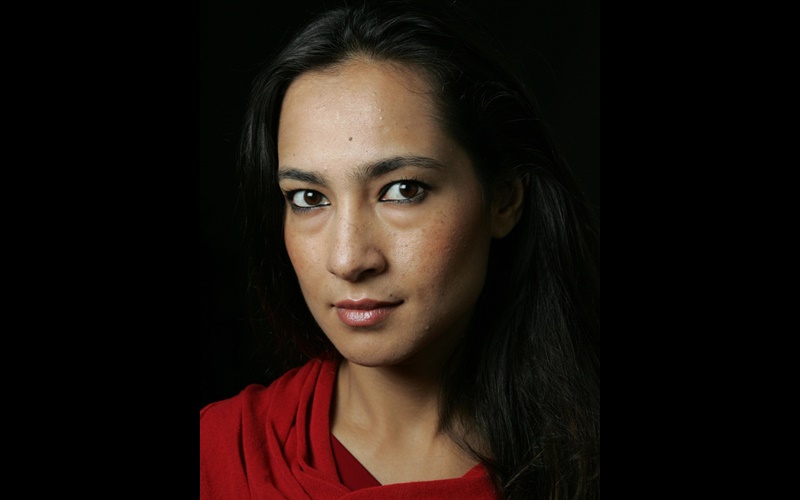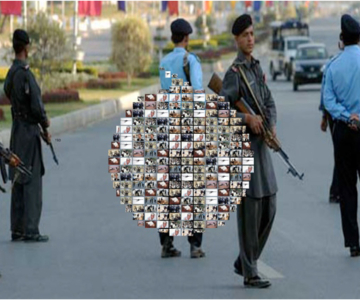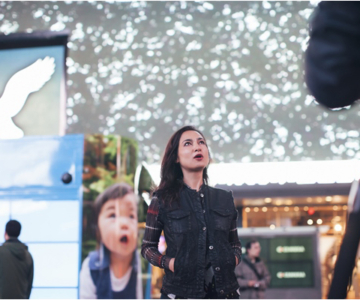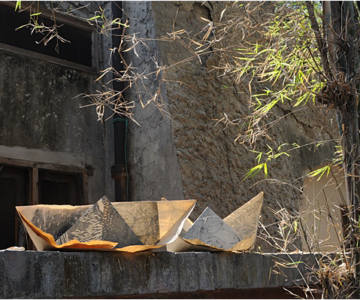VIEW: The global artist – Saleem H Ali
It is a refreshing mark of our times that artists are being engaged at such forums of global significance rather than being treated as a residual category of cultural significance
Every year, the Chicago-based MacArthur Foundation provides a generous award of US$500,000 each “to talented individuals who have shown extraordinary originality and dedication in their creative pursuits”. The MacArthur fellows are free to use the funds as they please over five years without any ‘strings attached’. Some might pay off a mortgage, while others invest in a scholarship or finance a sabbatical. The recipients range in their expertise from neuroscience to carpentry, and are selected through a rather opaque but rigorous nomination and review process conducted by the foundation under utmost secrecy. Among the twenty-five recipients this year is an artist of Pakistani lineage, Shahzia Sikander, who was recognised for “merging the traditional South Asian art of miniature painting with contemporary forms and styles to create visually compelling, resonant works on multiple scales and in a dazzling array of media”.
Traditionally, visual art has been a culturally reductive form of human expression, whereby communities, tribes, cities and countries have defined their identity. We have been quick to label art as ‘eastern or western’, ‘indigenous or foreign’, ‘Christian or Islamic’, and so the list goes on as galleries define their areas of specialty. However, artists such as Shahzia Sikander are transcending such categorisations and resent being exoticised as simply Asian or Pakistani.
In my recent interview with Shahzia, I made the initial error of starting the conversation by reminiscing on Pakistani identity and her training at the National College of Arts. The artist immediately reprimanded me and asserted that her work was informed by more than just Pakistani identity, but was rather emblematic of a migrant’s story in America. I soon realised how important it is for the contemporary artist to be recognised as an independent agent of synthesis and positive change rather than being anchored in some cultural niche.
Yet, Sikander has not forsaken her roots in a developing country and plans to use her pedestal as an award-winning artist to make a palpable difference in Pakistan and beyond. She is among the very few artists selected by the World Economic Forum to be part of the Young Global Leaders programme, which aims “to develop innovative global strategies that can be translated into decisions and actions necessary to be taken today”.
It is a refreshing mark of our times that artists are being engaged at such forums of global significance rather than being treated as a residual category of cultural significance. Artists are a reservoir of creativity for any society and while their products might not have physical utility and do ‘need-based’ service, they inspire us in ways that enrich the lives of even the most indigent. Art, in all its forms from paintings to drama to music, is also a universal means of expression and a strategy for coping with distressing circumstances in all cultures. Some of the most exquisite street art has been produced in the most impoverished slums of New York as a cathartic exercise. While it is tempting to trivialise art in the context of poverty, it is important to consider the economic ramifications of a productive art sector in Pakistan.
Sikander is visiting Pakistan this winter to find ways by which an art economy could help the victims of the Kashmir earthquake. She has helped a small Afghan artist collective reap the fruits of globalisation by selling village art to galleries worldwide and hopes to do the same for some of the earthquake affected areas.
However, there are many obstacles for an economy of art to flourish in contemporary Pakistan. First our educational system neglects to incorporate art into the curriculum, placing it instead in the ‘elective’ category. Most consequentially, Islamic scholars continue adherence to a minimalist interpretation of scripture with regard to artistic expression whereby only iconoclastic calligraphy and vegetal arabesque is permitted for the visual artist and bizarre bodily sounds are all that are permitted for the musician. Islamic art has a rich and varied tradition and historically bridged cultural divides between Hellenistic and Oriental traditions, similar to Sikander’s own harmonising work. However, in a world where ancient Buddhist statues are being blown up as an act of faith by the extremists, convincing contemporary Islamic theologians of this tradition is a tall order.
President Musharraf recently made a worthy statement affirming that art and Islam are not contradictory but complementary. However, if we are to truly harness the value of art in a global world, there will be need to effect a cultural shift to appreciate artistic expression as a tool of creative economic renewal.
At time the artists would take up challenging topics and test our tolerance but such matters must be handled with care. A culture of mutual respect is a responsibility for the artist just as much as it is for the critic. Institutions such as the National College of Arts that have incubated artists such as Sikander deserve our support. Even when the artists leave Pakistan and their work blossoms and takes on its unique global form, their resonance is felt in their ethnic homeland and provides inspiration to other creative minds who defy conventional career trajectories.
Dr Saleem H Ali is associate professor of environmental planning and conflict resolution at the University of Vermont and a senior fellow at the United Nations mandated University for Peace. He can be reached at saleem@alum.mit.edu



